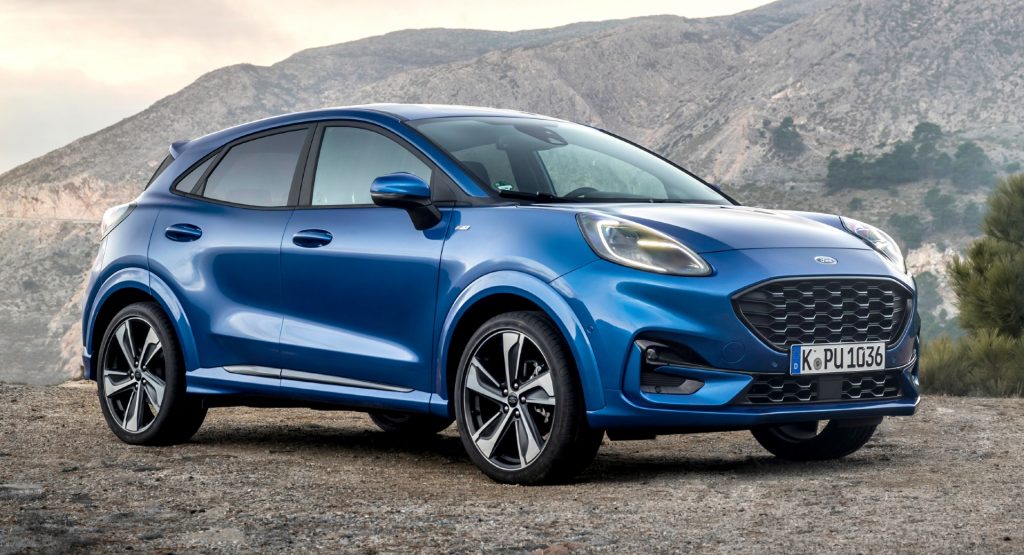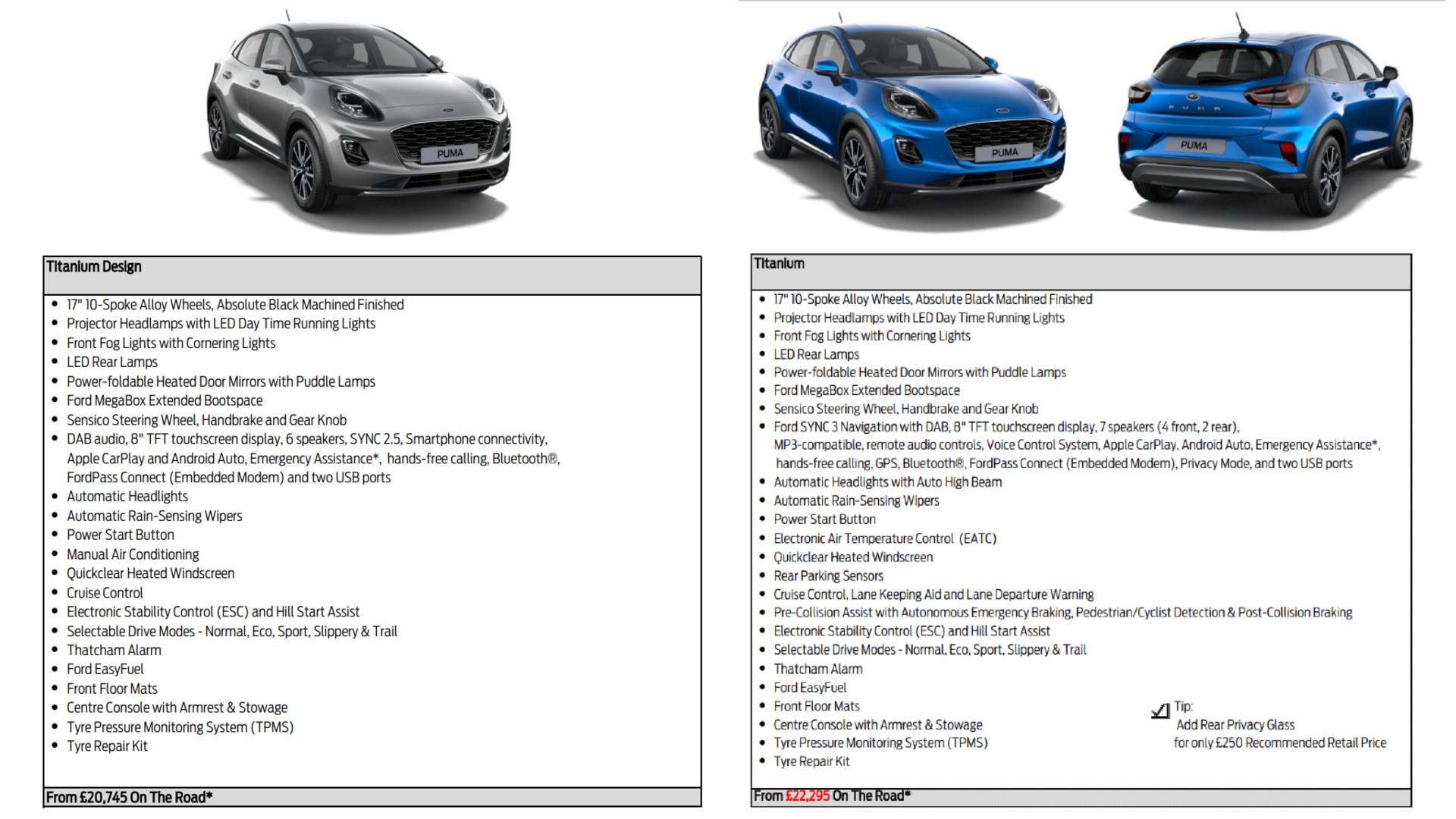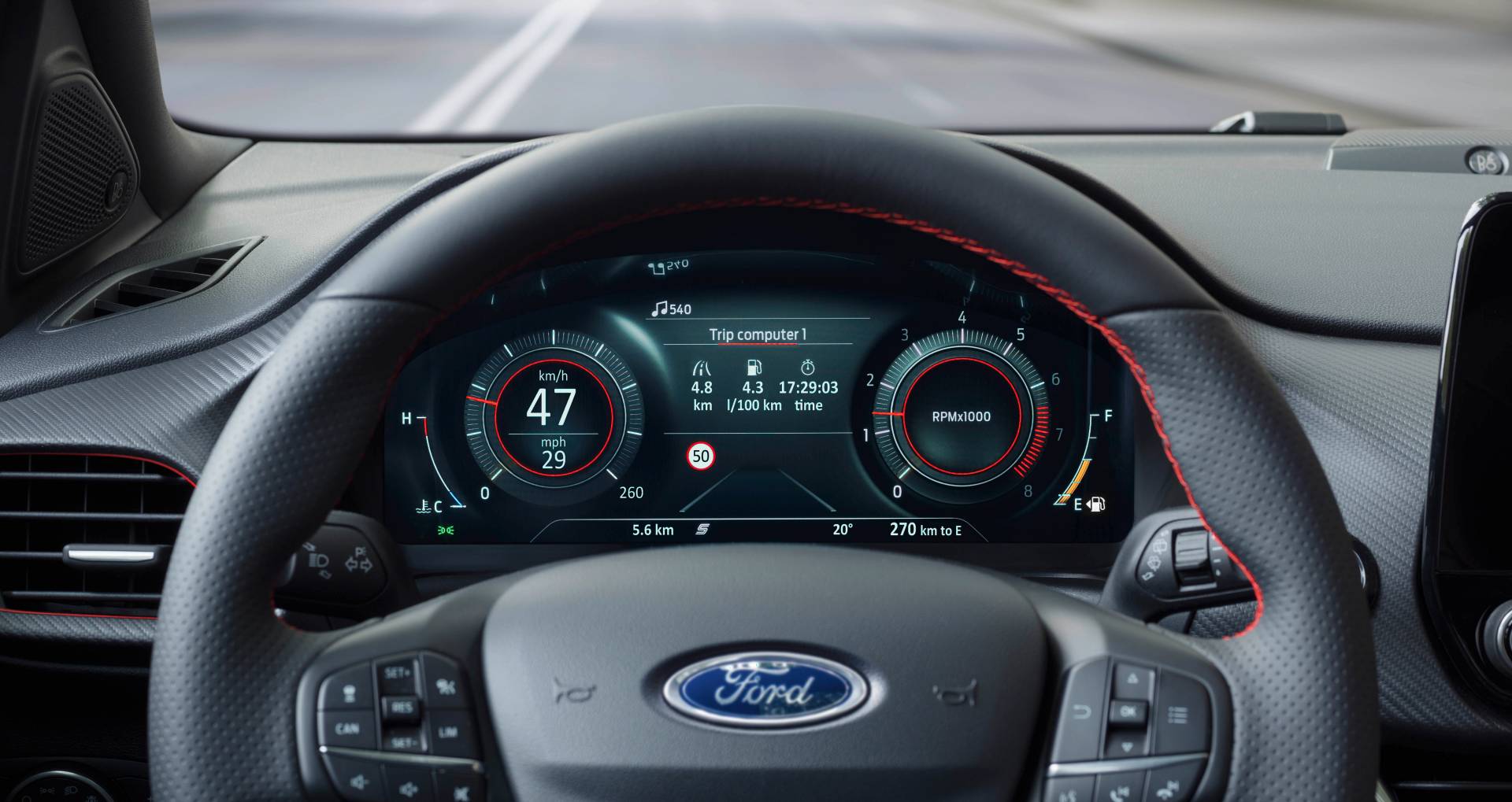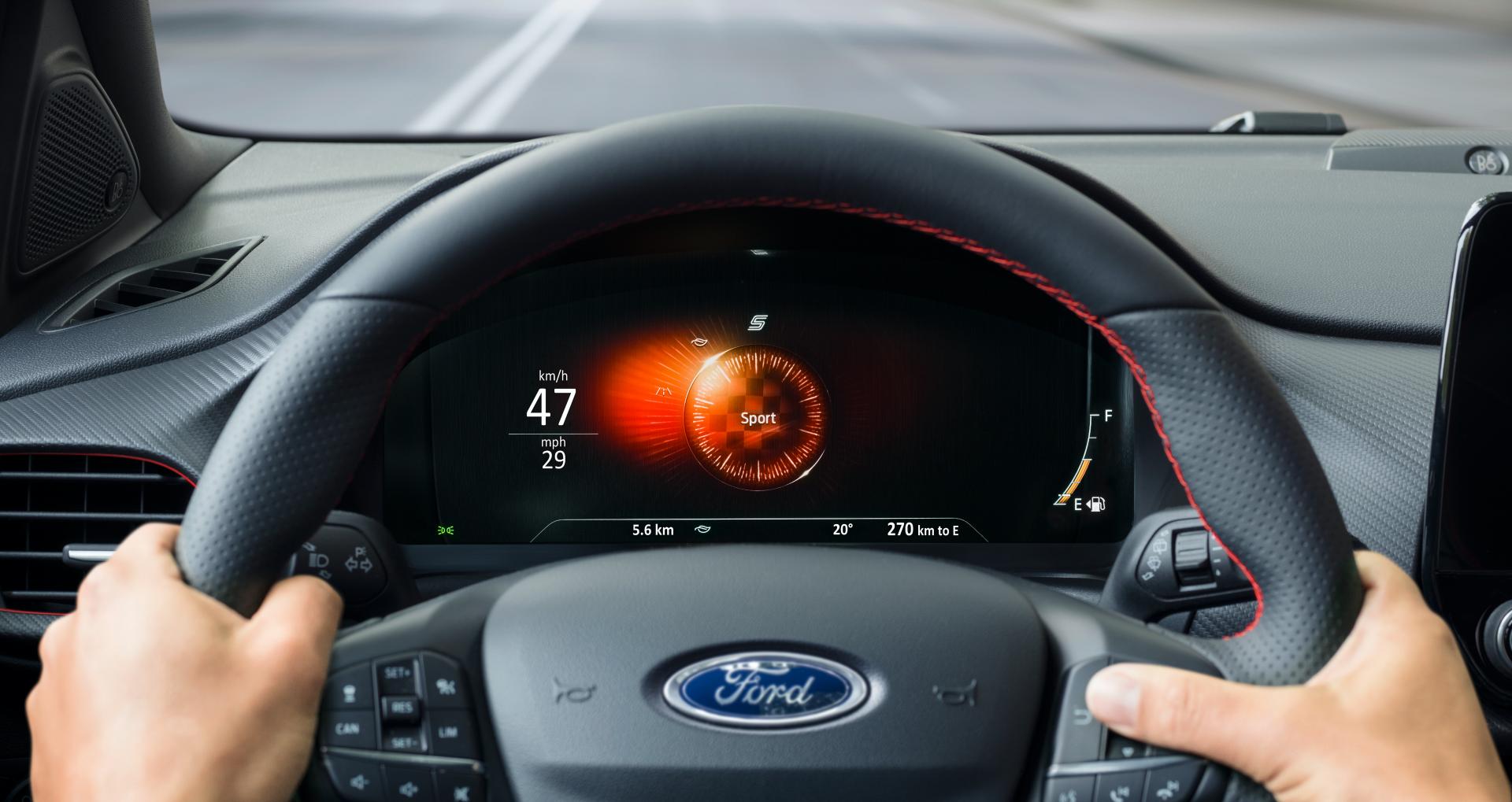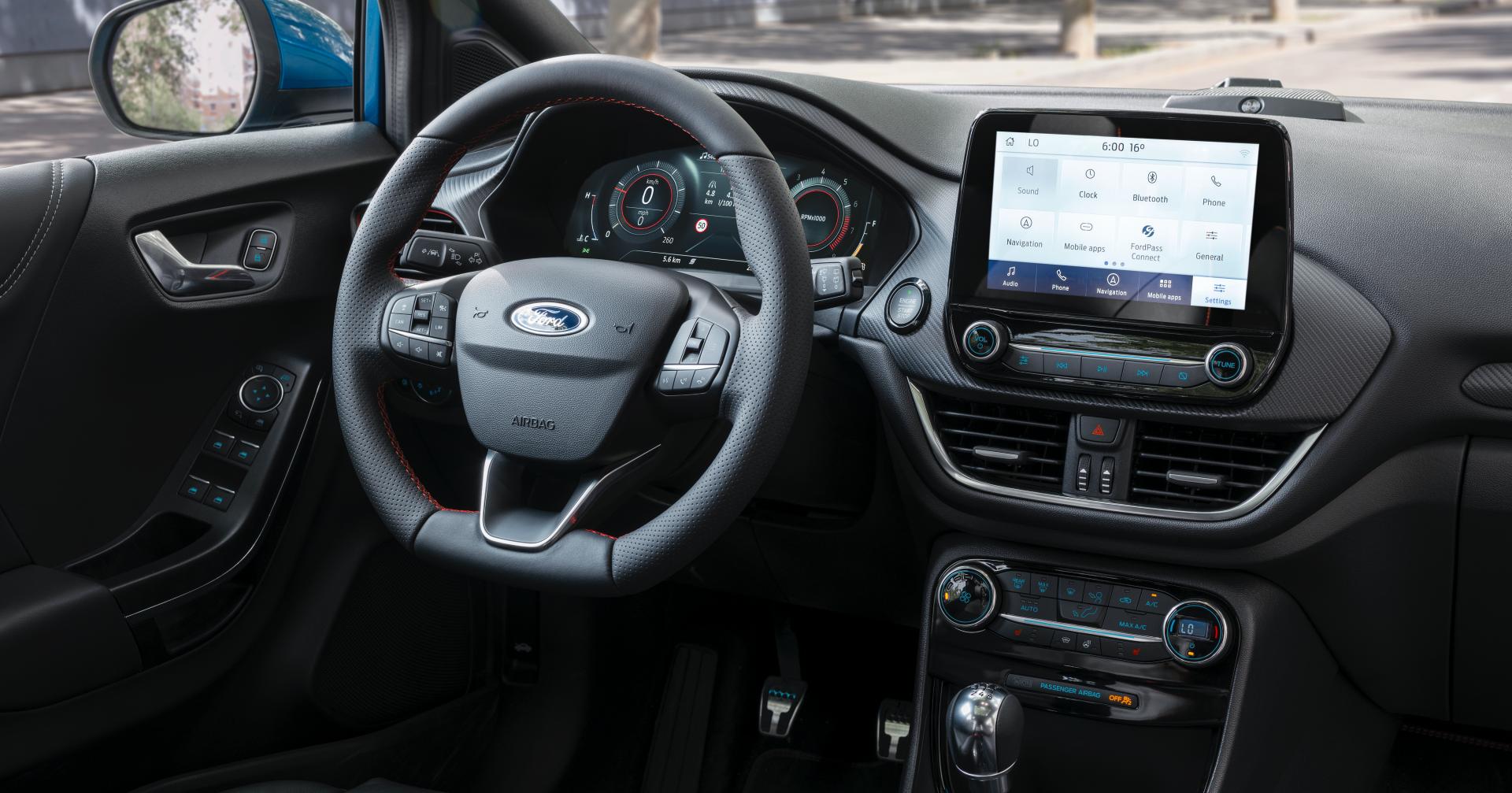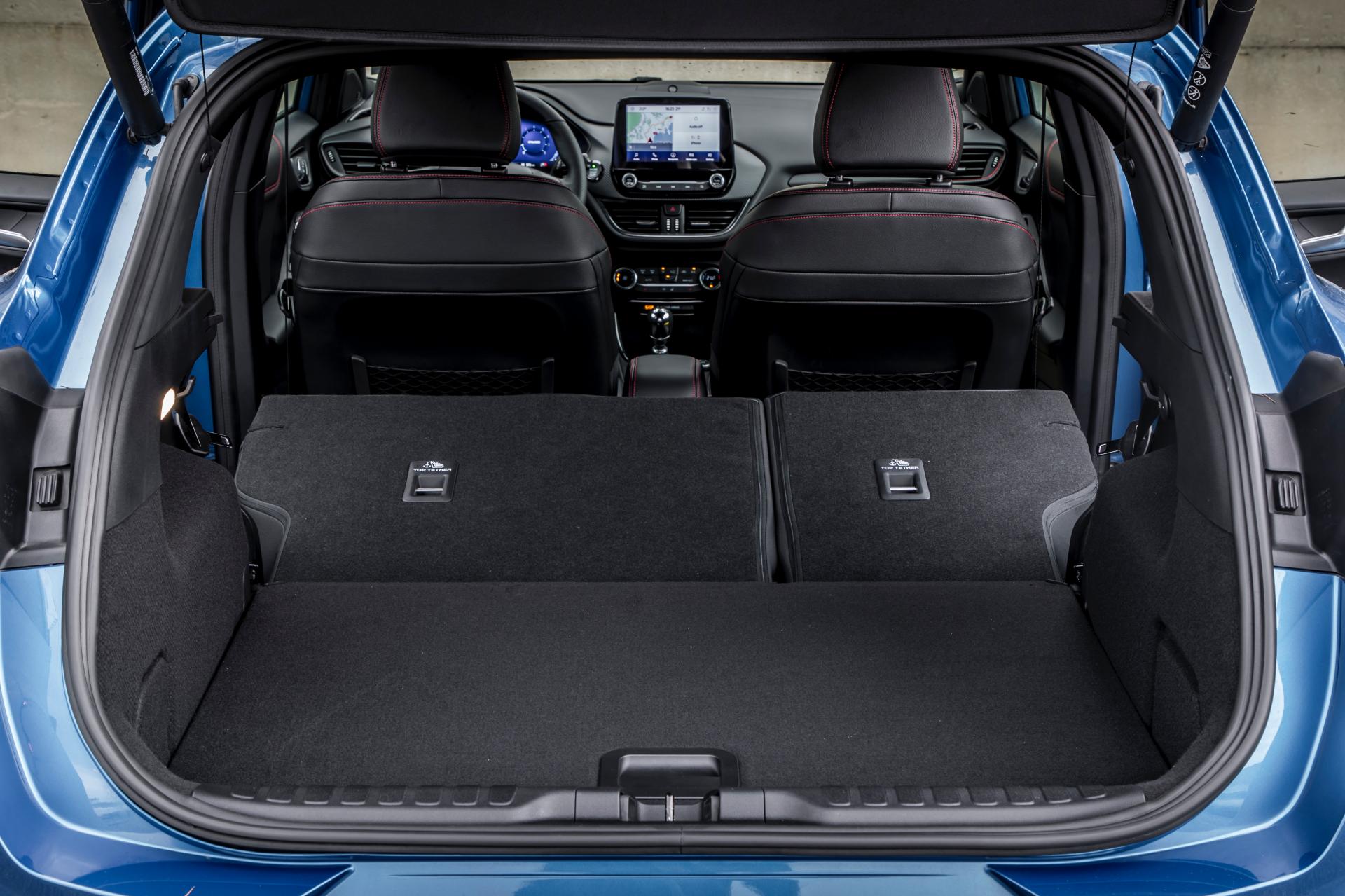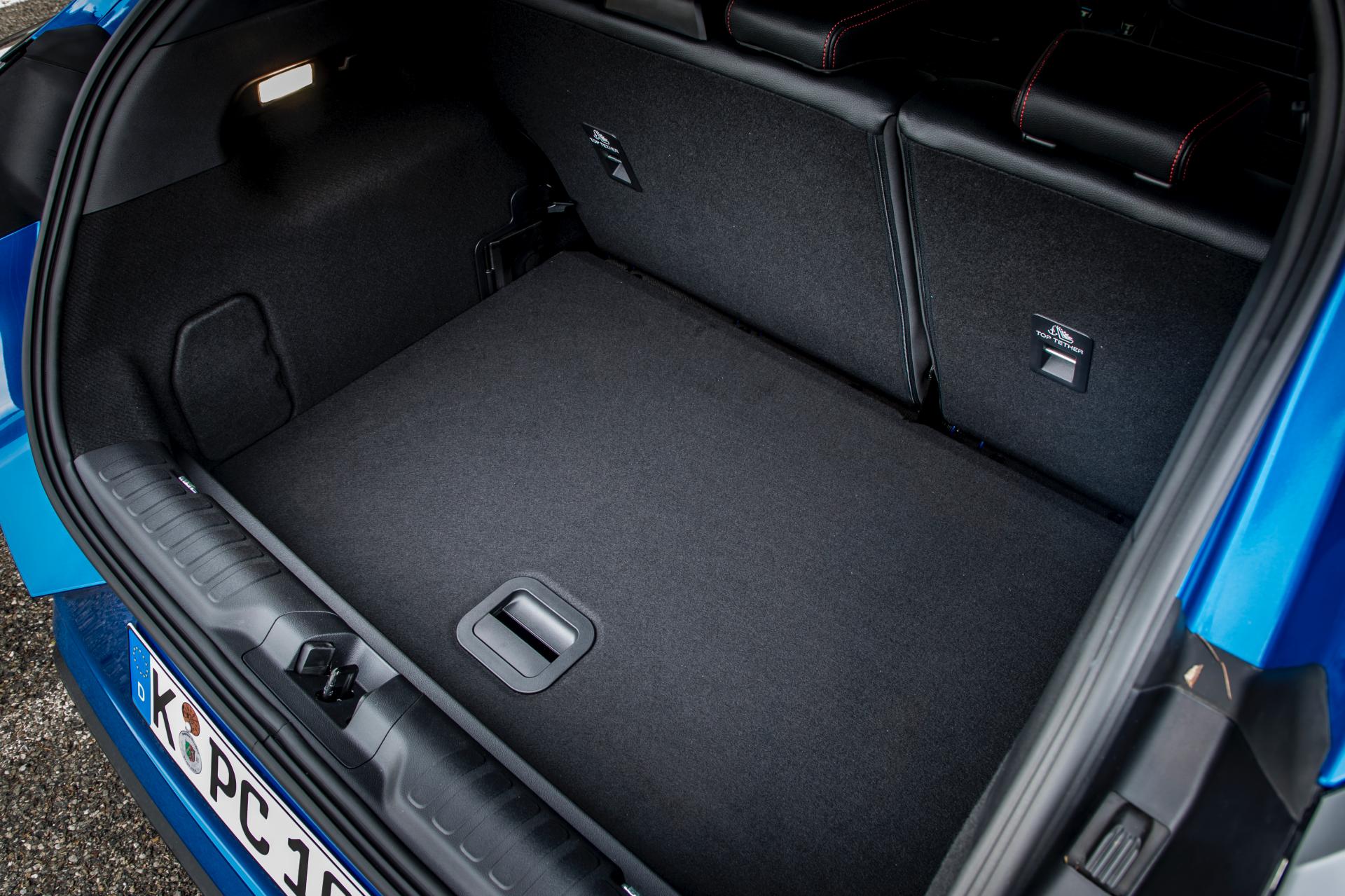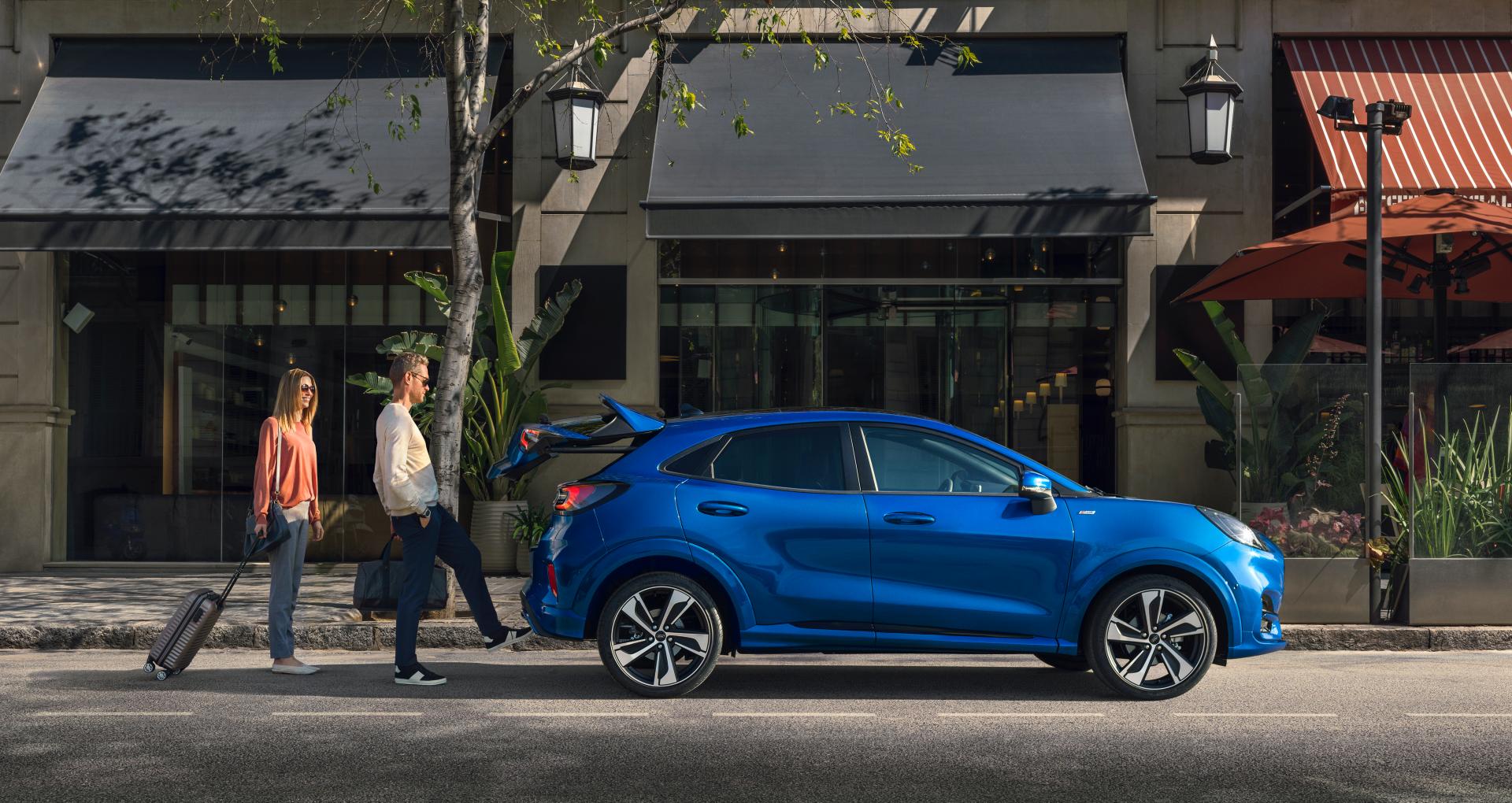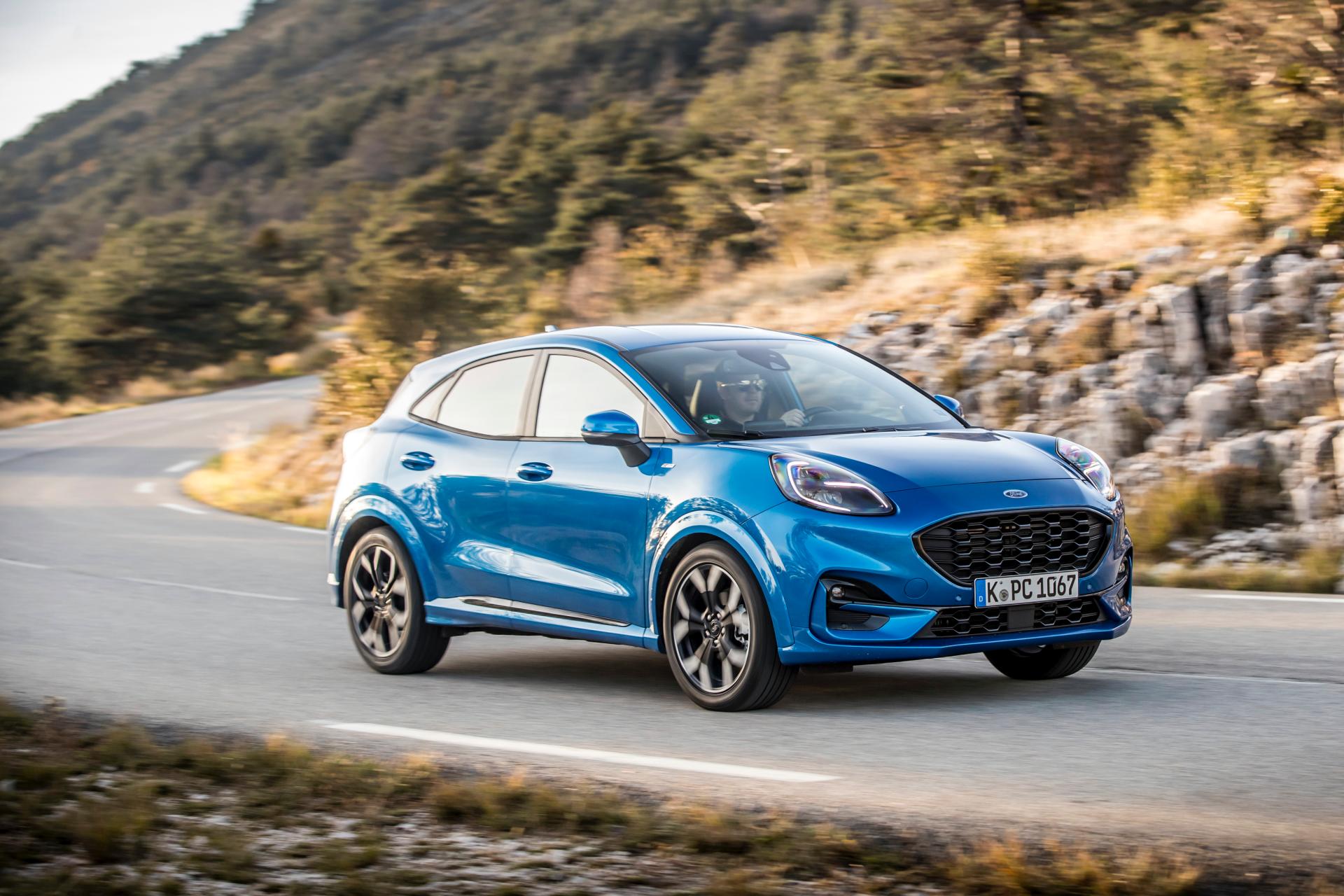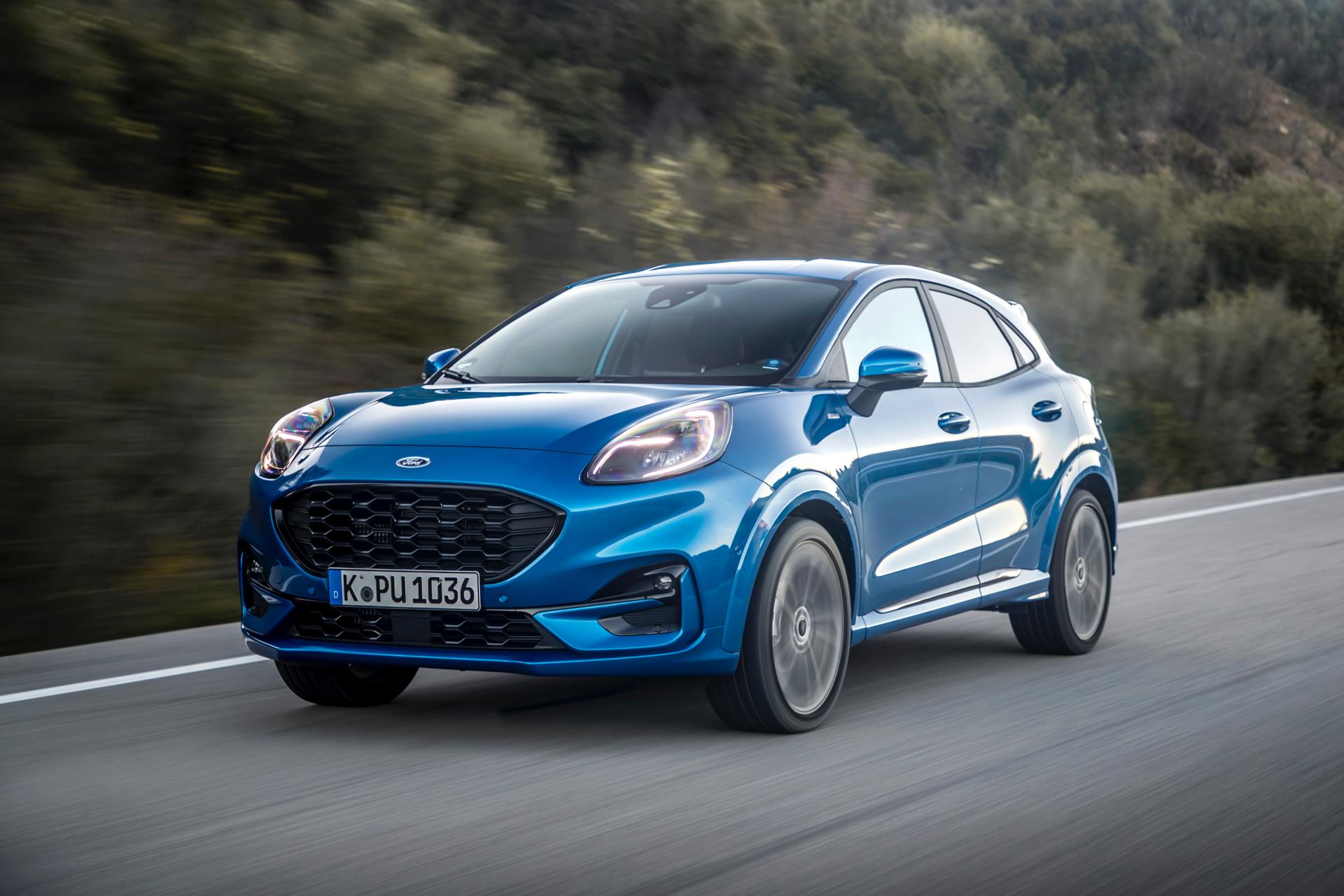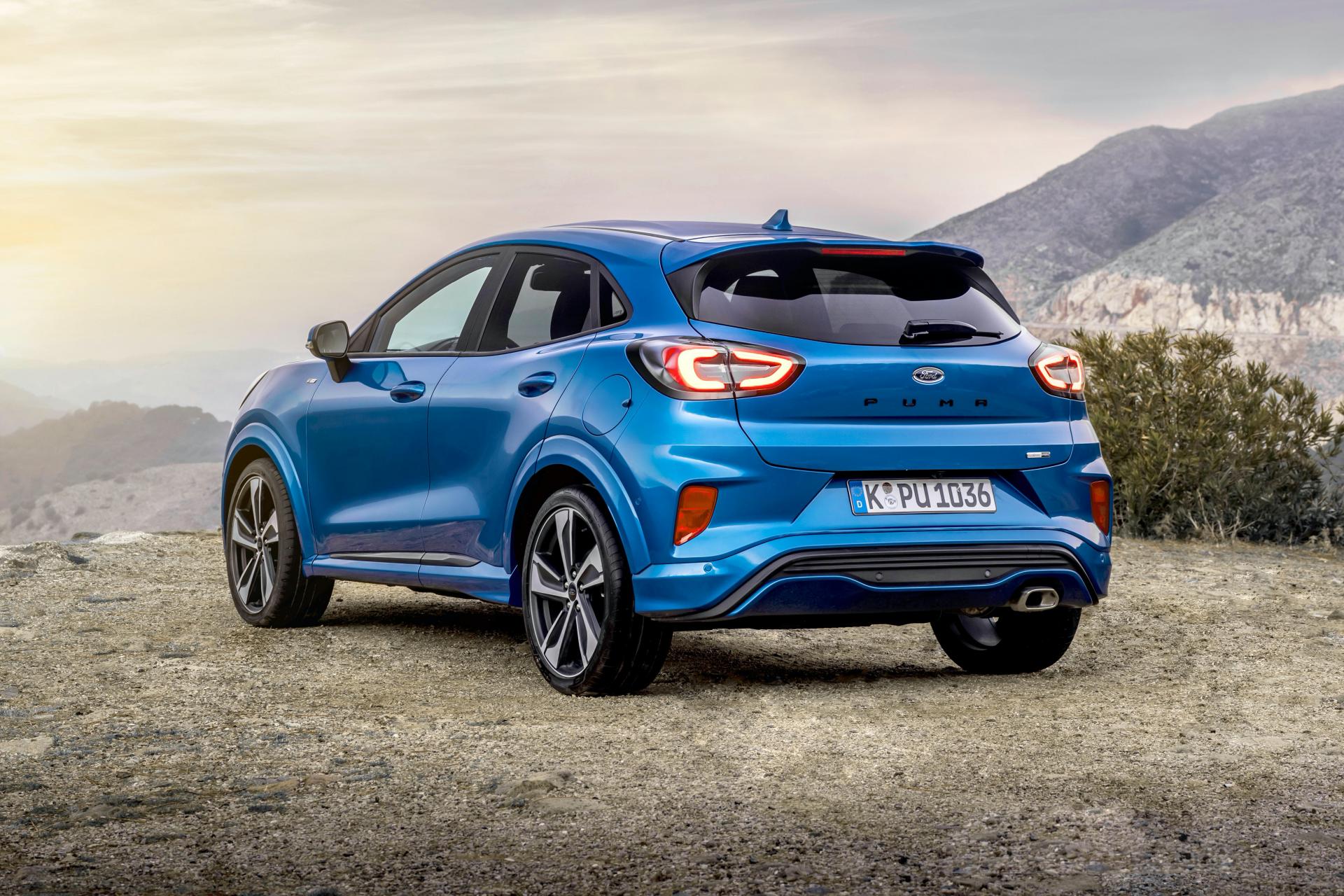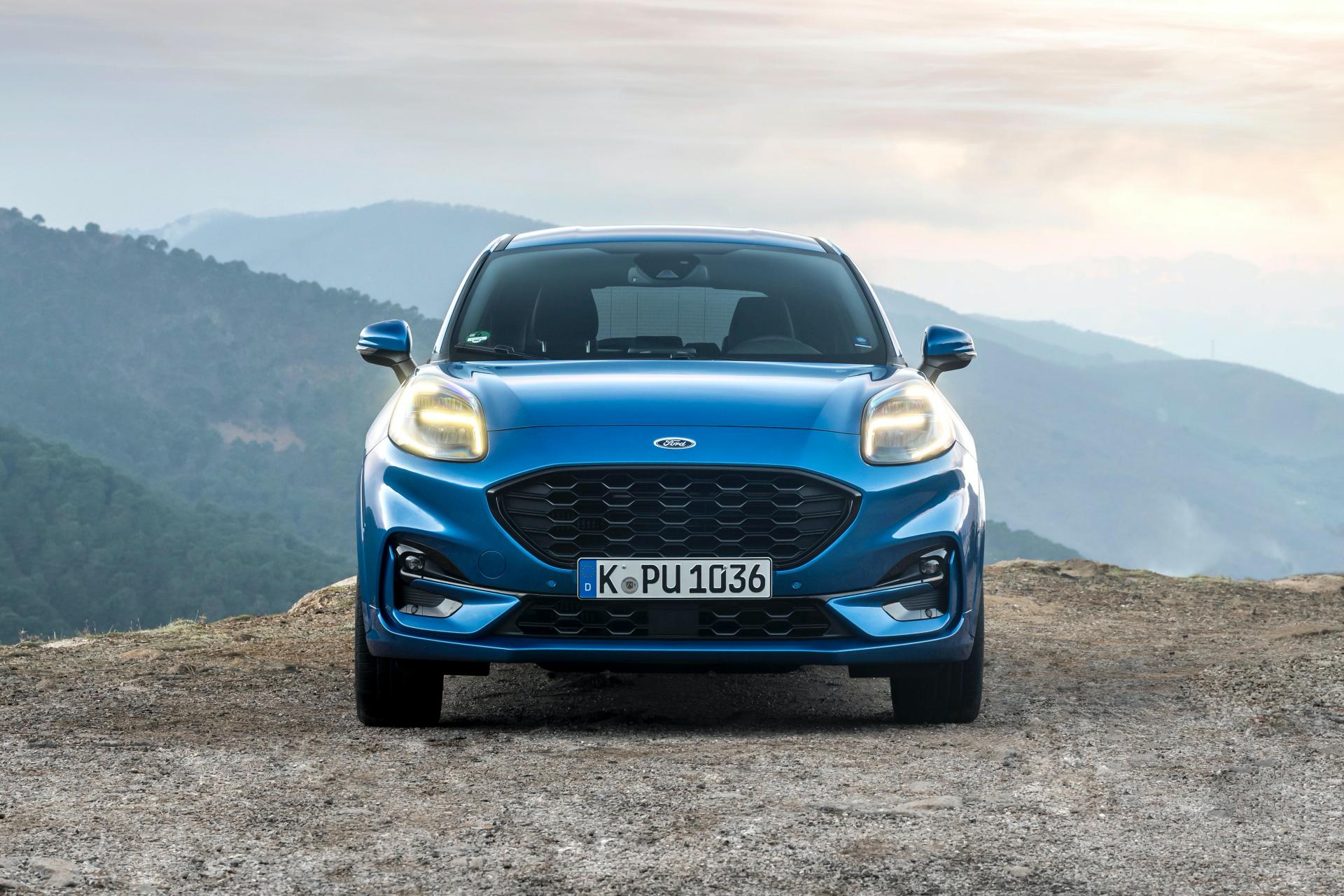The Ford Puma is one of the most popular subcompact SUVs in Europe, offering quirky styling, great handling, and all of the tech-related features you would expect from a modern car. However, UK buyers of the new Puma Design trim levels are going to miss out on several of those features as Ford is trying to meet demand amidst the global semi-conductor shortage.
As reported by Autocar and confirmed by our own visit to the official website of Ford UK, the company has added the base-spec Titanium Design and ST-Line Design trim levels of the Puma sold alongside the existing Titanium, ST-Line, ST-Line X, and Vignale X variants. The cheaper models use fewer semiconductor chips which results in them coming with fewer standard features.
Read Also: New Ford Puma Rally1 Is A Plug-in Hybrid SUV For WRC That Replaces The Fiesta
What Exactly Is Missing?
More specifically, starting from £20,745 ($28,661) in the UK, the Puma Titanium Design costs £1550 ($2,141) less than the regular Puma Titanium. In return, the standard equipment doesn’t include the following features: Auto High Beam, Navigation, Ford SYNC 3 (it has 2.5 instead), Electronic Air Temperature Control, Rear Parking Sensors, Lane Keeping Aid, Lane Departure Warning, Pre-Collision Assist with Autonomous Emergency Braking, Pedestrian/Cyclist Detection, and Post-Collision Braking.
Apart from the basic Hill-Start Assist, auto headlights, and auto wipers, this pretty much sums up all of the ADAS systems that came available with the Puma in the first place. As a result, the Design variants won’t be eligible for the Puma’s five-star EuroNCAP rating achieved in 2019, as the tests are heavily relying on the standard safety equipment.
Similar features are missing from the Puma ST-Line Design starting from £22,345 ($30,853) which is £900 ($1,243) less than the equivalent ST-Line, although this one keeps the 12.3-inch digital instrument cluster and the SYNC 3 infotainment. Ford followed the same strategy with their EcoSport B-SUV that is also available in a cheaper ST-Line Design trim.
The good thing is that buyers that are willing to live without the aforementioned features will be able to get their car after a short waiting time of one or two months, compared to a longer period if they are determined to get a full-spec trim level.
A spokesperson from Ford UK told the British magazine: “The global semiconductor chip shortage has affected almost all vehicle manufacturers around the world, including Ford, In order to meet the needs of our customers for Puma and EcoSport, Ford is realigning the content of a small volume of vehicles to mitigate the impact of the chip shortage.”
The mandatory AEB and Lane Departure Warning equipment will apply from May 2022 but only for the new type approvals which means that if the semi conductor shortage continues, Ford will be allowed to keep selling the type-approved Design trim levels until May 2024.








